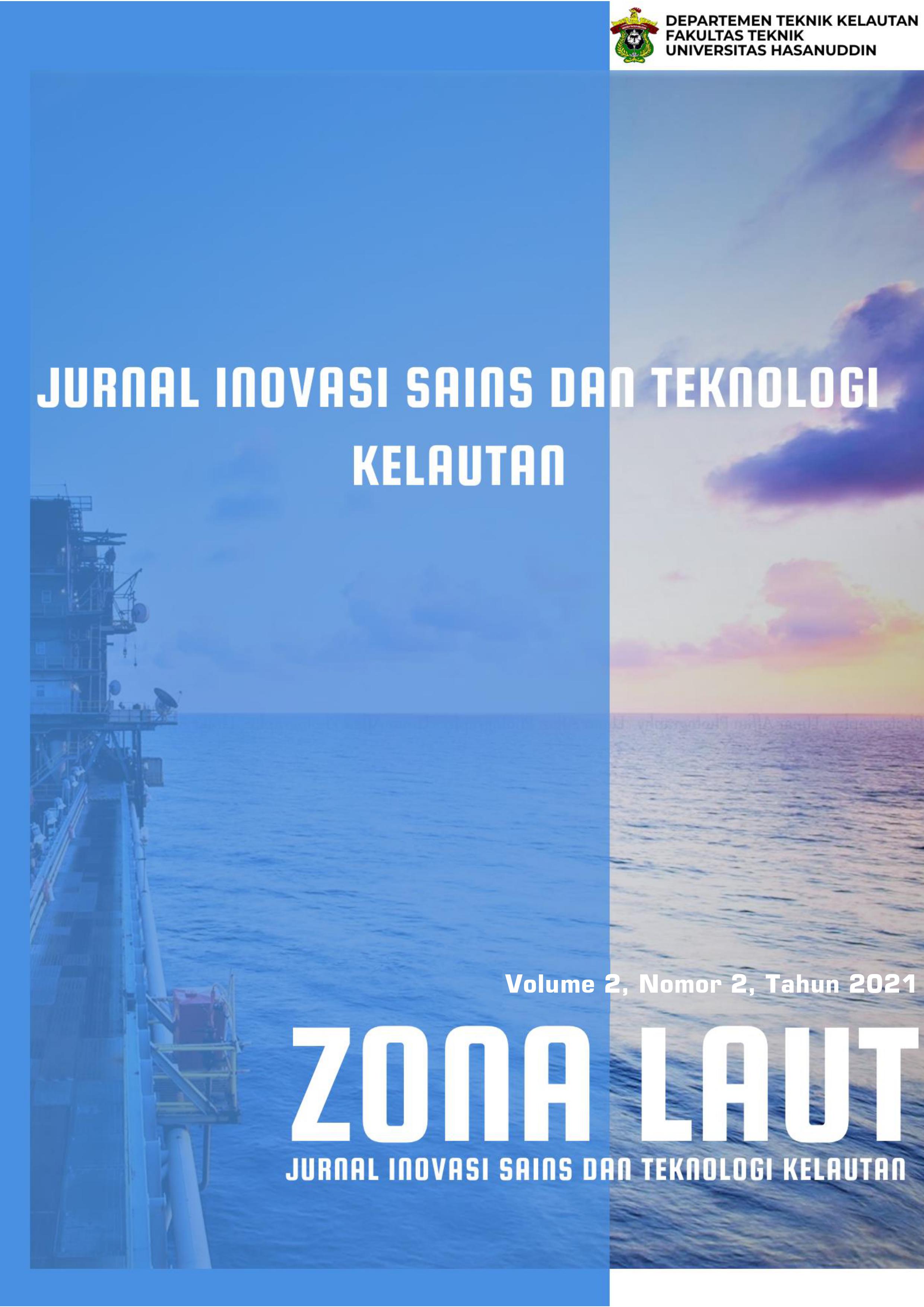Comparative Analysis of Drag Force and Lift Force Performance Between Conventional Rudder and Fish Tail Rudder Using CFD
Main Article Content
Abstract
Rudder is a device for changing the direction of a ship by changing the direction of the air currents which results in maneuvering the ship. Rudder is placed at the rear end of the hull of the ship / stern behind the propeller. The most commonly used type is the conventional type. But as for the type of rudder in addition to the conventional type, namely the type of fishtail. This study head to analyze the difference in performance between conventional rudder and fishtail rudder on the value of Drag Force and Lift Force. The method used is the Clark's equation with the help of CFD-based applications to determine the performance generated at the time of Drag Force and Lift Force ships by varying the turning angle of 0°,5°, 10° and 35°. The results showed that conventional rudder has a better level of drag force effectiveness and drag coefficient than fish tail rudder, meanwhile, fish tail rudder has a level of effectiveness of lift force and lift coefficient which is better than conventional rudder.
Downloads
Article Details

This work is licensed under a Creative Commons Attribution 4.0 International License.
Allow anyone to modify, improve, and make derivative works, even for commercial purposes, as long as they credit to you for the original work.
References
T. Van Nguyen and Y. Ikeda, “Development of Fishtail Rudder Sections with Higher Maximum Lift Coefficients,” The Twenty-fourth International Ocean and Polar Engineering Conference. International Society of Offshore and Polar Engineers, Busan, Korea, p. 8, 2014.
H. D. E. Sembiring, D. Chrismianto, and P. Manik, “PENGARUH JARAK RUDDER DAN PROPELLER TERHADAP KEMAMPUAN THRUST MENGGUNAKAN METODE CFD (STUDI KASUS KAPAL KRISO CONTAINER SHIP),” J. Tek. Perkapalan; Vol 4, No 1 JANUARI, Jan. 2016.
A. F. Molland, S. R. Turnock, and D. A. Hudson, Ship Resistance and Propulsion. Cambridge: Cambridge University Press, 2011.
BKI, “Vol II ‘RULES FOR THE CLASSIFICATION AND CONSTRUCTION,’” Jakarta, 2014.

